Jewish Museum Berlin
Jewish Museum Berlin
Germany
Berlin
Berlin Travel Guide
Book Tour & Activities
Your tour in Berlin.
Book your stay
Your hotel in Berlin.
Overview
The Jewish Museum Berlin was opened in 2001 and is the largest Jewish museum in Europe. On 3,500 square meter of floor space, the museum will present the history of Jews in Germany from the Middle Ages to the present day, with new focuses and new scenography.
It consists of three buildings, two of which are new additions specifically built for the museum by architect Daniel Libeskind. German-Jewish history is documented in the collections, the library and the archive, and is reflected in the museum's program of events. From its opening in 2001 to December 2017, the museum had over eleven million visitors and is one of the most visited museums in Germany. Opposite the building ensemble, the W. Michael Blumenthal Academy of the Jewish Museum Berlin was built – also after a design by Libeskind – in 2011/2012 in the former flower market hall. The archives, library, museum education department, a lecture hall and the Diaspora Garden can all be found in the academy.
History
The first Jewish Museum in Berlin was founded on 24 January 1933, under the leadership of Karl Schwartz, six days before the Nazis officially gained power. The museum was built next to the Neue Synagoge on Oranienburger Straße and, in addition to curating Jewish history, also featured collections of modern Jewish art. Schwartz intended the museum as a means to revitalise Jewish creativity, and to demonstrate that Jewish history was living history. The museum's art collection was also seen as a contribution to German art history and one of the last exhibitions to be held was a retrospective of the German impressionist, Ernst Oppler in 1937. To reflect this focus on living history, the entrance hall of the museum both contained busts of prominent German Jews, such as Moses Mendelssohn and Abraham Geiger, and also a number of works by contemporary Jewish artists such as Arnold Zadikow and Lesser Ury.
On 10 November 1938, during the 'November Pogroms', known as Kristallnacht, the museum was shut down by the Gestapo, and the museum's inventory was confiscated. In 1976 a "Society for a Jewish Museum" formed and, three years later, the Berlin Museum, which chronicled the city's history, established a Jewish Department, but already, discussions about constructing a new museum dedicated to Jewish history in Berlin were being held.
In 1988, the Berlin government announced an anonymous competition for the new museum's design, with a jury chaired by Josef Paul Kleihues. A year later, Daniel Libeskind's design was chosen from among 189 submissions by the committee for what was then planned as a "Jewish Department" for the Berlin Museum. While other entrants proposed cool, neutral spaces, Libeskind offered a radical, zigzag design, which earned the nickname "Blitz" ("Lightning").
In 1991, Berlin's government temporarily canceled the project to finance its bid for the 2000 Summer Olympics. Six months later the decision was reversed and construction on the $65 million[9] extension to the Berlin Museum began in November 1992.[4] The empty museum was completed in 1999 and attracted over 350,000 people before it was filled and opened on 9 September 2001.
Address: Lindenstraße 9-14, 10969 Berlin, Germany
Tickets: free · jmberlin.de
Founded: 2001
Architect: Daniel Libeskind
Director: Hetty Berg
Video Travel Inspiration
See Jewish Museum Berlin on Map
Most Popular Cities

Siem Reap
Cambodia
Ho Chi Minh City
Vietnam
Beijing
China
Paris
France
London
United Kingdom
New York
USA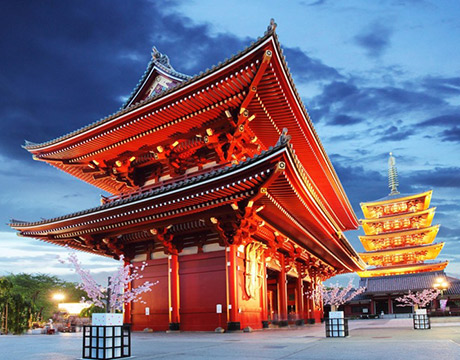
Tokyo
Japan
Bangkok
Thailand
Seoul
South Korea
Vientiane
Laos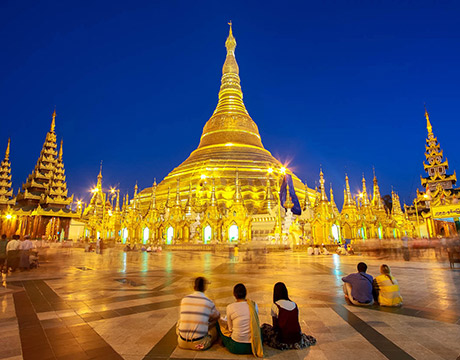
Yangon
Myanmar
Washington DC
USA
Los Angeles
USA
Ottawa
Canada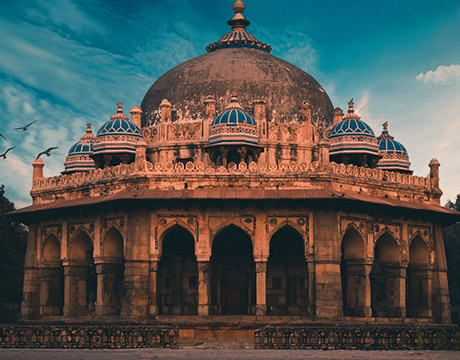
New Delhi
India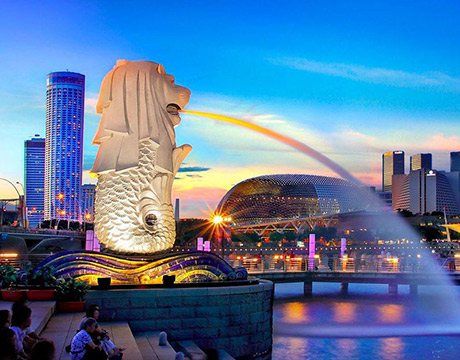
Singapore
Singapore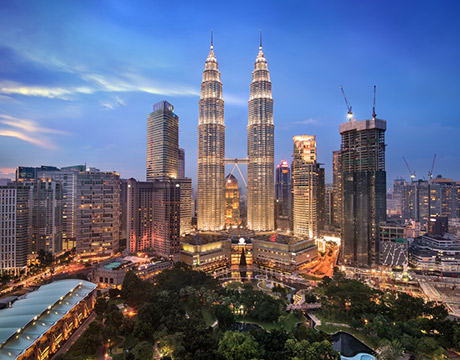
Kuala Lumpur
Malaysia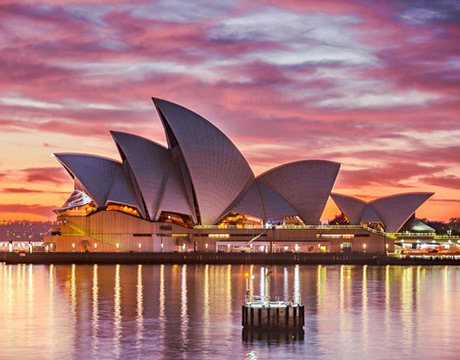
 English
English French
French Khmer
Khmer Thai
Thai Vietnamese
Vietnamese Chinese
Chinese Korean
Korean German
German Japanese
Japanese Italian
Italian Russian
Russian Spanish
Spanish Dutch
Dutch Indonesian
Indonesian Malay
Malay



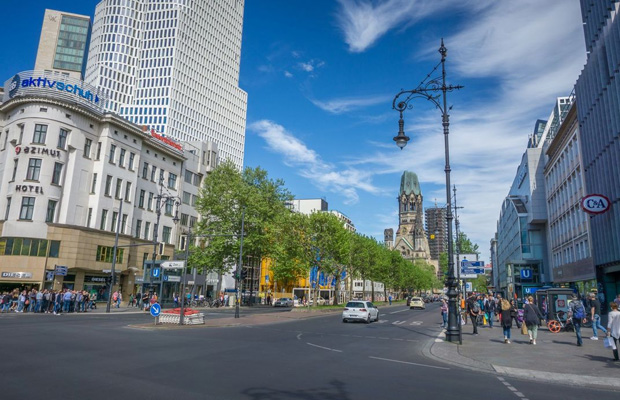
.jpg)










